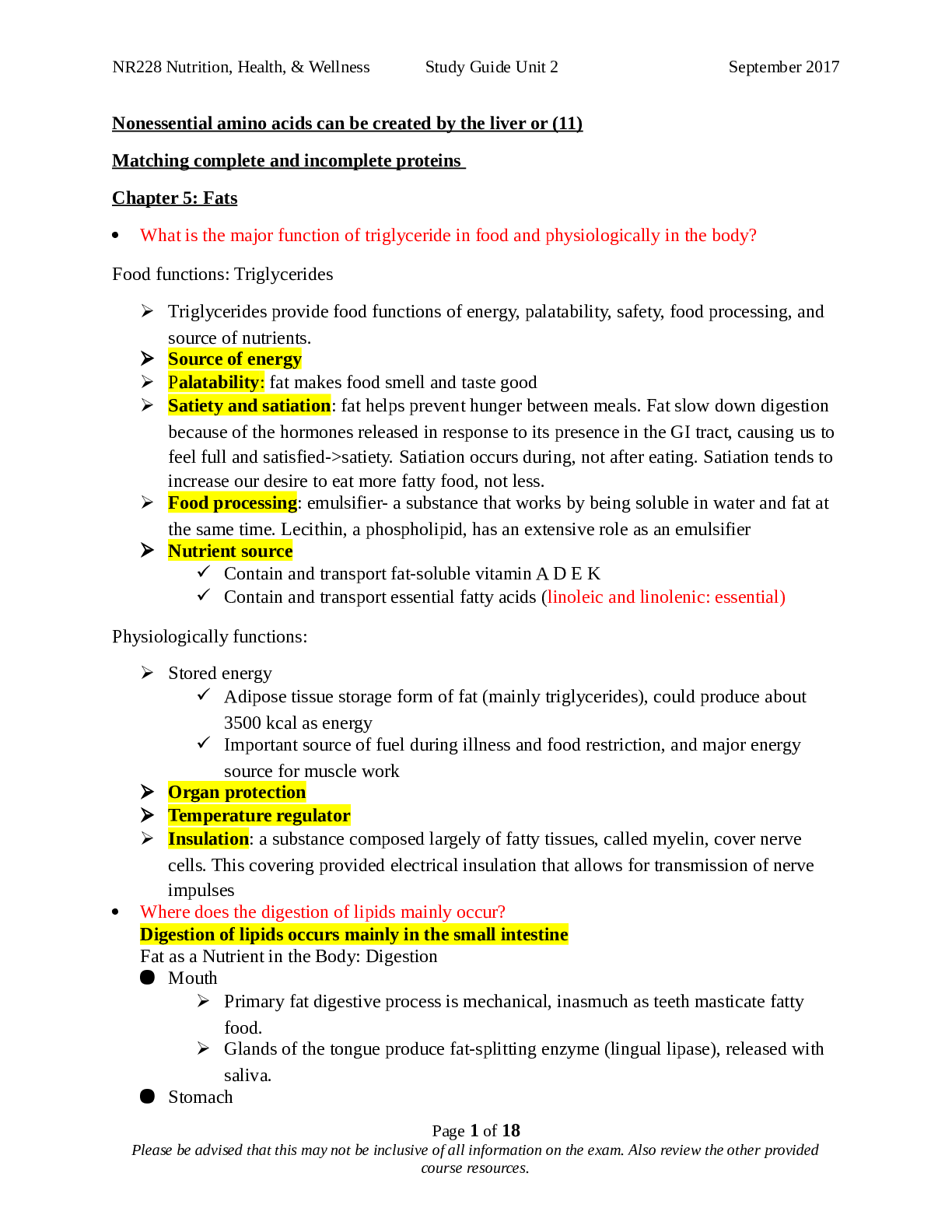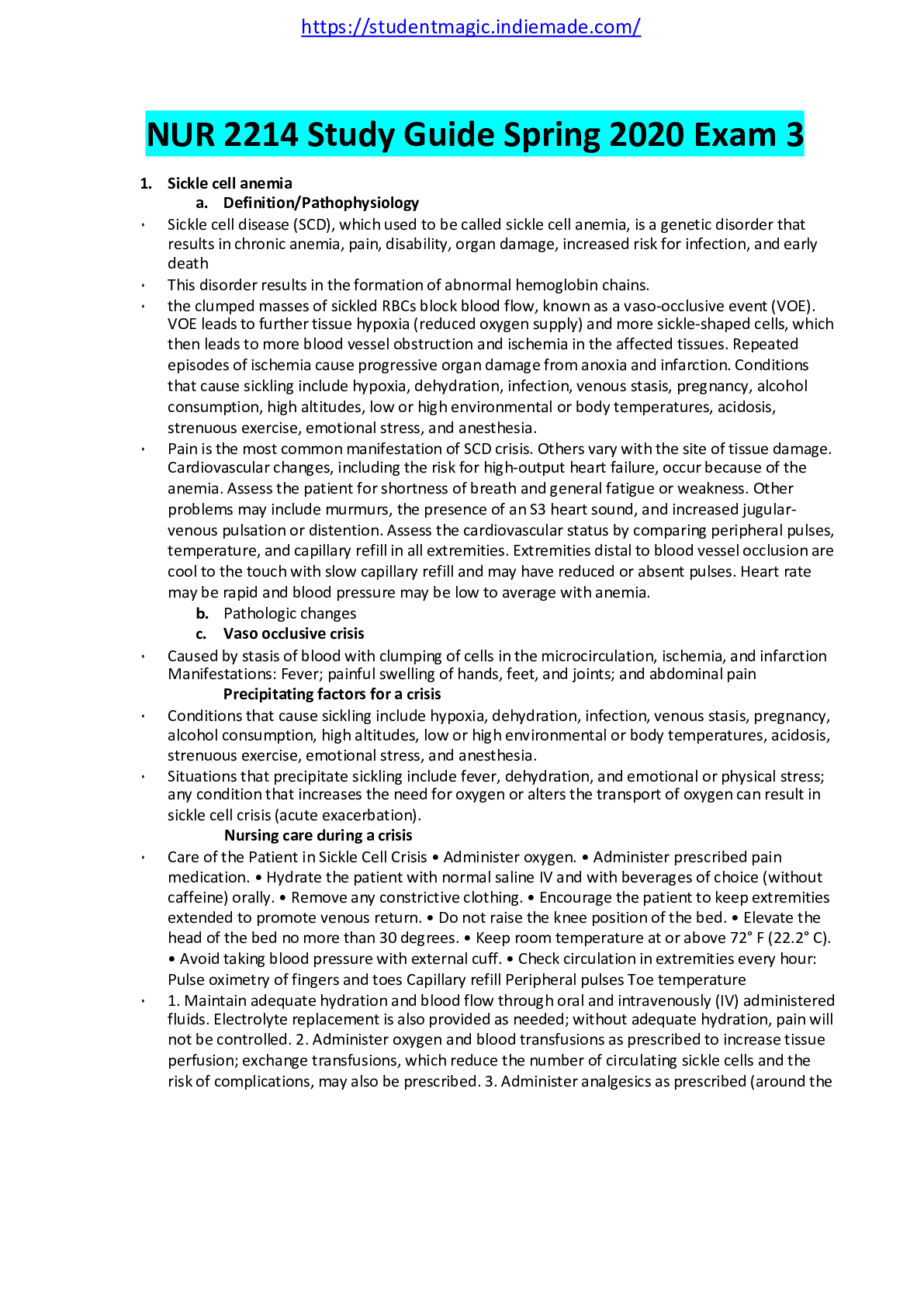*NURSING > STUDY GUIDE > Exam 1 for Pediatrics STUDY GUIDE with short well quoted notes easily understood*download to get A* (All)
Exam 1 for Pediatrics STUDY GUIDE with short well quoted notes easily understood*download to get A*
Document Content and Description Below
Infants Health promotion teaching on leading cause of death: Aspiration of foreign objects • Hold the infant for feedings; do not prop bottles. • Small objects that can become dislodge in the... throat (grapes, coins, candy) should be avoided. • Age-appropriate toys should be provided • Clothing should be checked for safety hazards Bodily Harm • Sharp objects should be kept out of reach • Anchor heavy objects and furniture so they cannot be overturned on top of the infant • Infants should not be left unanttended with any animals present Burns • Avoid warming formula in a microwave; check temp of liquid before feeding • The temp of the bath water should be checked. • Hot water thermostat should be set at or below 49 C (120 F) • Working smoke detectors should be kept in the home • Handles of pots and pans should be keot turned to the back of the stoves • Sunscreens should be used when infants are exposed to the sun • Electrical outlets should be covered Drowning • Infants should not be left unattended in bathtubs or around water sources such as toilets, cleaning buckets, or drainage areas. • Secure fencing around swimming pools • Close bathroom doors Falls • Crib mattresses should be kept in the lowest position possible with the rails all the way up. • Restraints should be used in infants seats. • Infants seats should be placed on the ground or floor if used outside of the car, and they should not be left unattended or on elevated sufaces • Place safety gates at the top and bottom of stairs Poisoning • Exposure to lead paint should be avoided • Toxins and plants should be kept out of reach • Safety locks should be kept on cabinets that contain cleaners and other household chemicals • The phone number for a poison control center should be near the phone • Meds should be kept in childproof containers • A working carbon monoxide detector should be kept in the home Motor-Vehicle injuries • Infant-only and convertible infant-toddler car seats are available. • Infants and toddlers remain in a rear-facing car seat until the age of 2 yrs or the height recommended by the manufacturer • The safest area for infants and children is the backseat of the car • Do not place rear-facing car seats in the front seats of vehicles with passenger airbags • Infants should not be left in parked cars Suffocation • Plastic bags should be avoided • Balloons should be kept away from infants • Crib mattress should fit snuggly • Cribs slats should be no farther apart than 6 cm (2.375 in). • Crib mobiles and/or crib gyms should be removed by 4 to 5 months of age • Pilows should be kept out of the crib • Infants should be placed on their backs for sleep • Toys with small parts should be kept out of reach • Drawstrings should be removed from jackets and other clothings. S/S of Pain Infant Young Infant • Loud cry • Rigid body or thrashing • Local Reflex withdrawal from pain stimulus • Expressions of pain (eyes tightly closed, mouth open in a squarish shape, eyebrows lowered and drawn together) • Lack of association b/w stimulus and pain Older Infant • Loud cry • Deliberate w/drawal from pain • Facial expression of pain Abuse Indicators (More on pg 297-298 on ATI Book) RISK FACTORS Warning signs of abuse • Physical evidence of abuse • History of injury incompatible w/ findings • Vague explanation of injury • Other injuries discorvered that are not r/t the original client concern • Delay in seeking care • Multiple fractures at different stages of healing • Bruising in a nonmobile client • Caregivers/client report conflicting histories • Statement of possible abuse from a caregiver or client Parental Characteristics • Younger parents • Single parents • Social isolation • Low-income • Lack of education/self-esteem/parenting knowledge • Substance use disorder • History of having been abused • Lack of support system Characteristic of the Child • 1 yr old or younger • Infants & children who are unwanted, hyperactive, or who have a physical or mental disabilities are at risk • Premature infants are at risk due to the possible failure of parent-child bonding at birth Environmental Characteristics • Chronic stress • Divorce, alcohol use disorder, drug addiction, poverty, unemploy.etc • Substitute caregivers Pscychosocial needs of a hospitalized school age child School-age child LEVEL OF UNDERSTANDING • Beginning awareness of body functioning • Ability to describe pain • Increasing ability to understand cause and effect IMPACT OF HOSPITALIZATION • Fear of loss of control • Seeks information as a way to maintain a sense of control • Can sense when not being told the truth • Can experience stress related to separation from peers and regular routine Iron Deficiency Anemia • Iron Deficiency anemia is the most common anemia in the US • Adolescents are at risk due to poor diet, rapid growth, menses, strenuous activities, and obesity • The production of hemoglobin requires iron. Iron deficiency will result in decreased Hgb levels • Iron deficiency anemia usually results from an inadequate dietary supply of iron and is the most preventable mineral disturbance ASSESSMENT Risk Factors • Premature birth = decreased iron stores • Excess intake of cows milk in toddlers o Milk is not a good source of iron o Milk takes the place of iron-rich solid foods • Malabsorption disorders • Poor dietary intake of iron • Incresed iron requirements (blood loss) Expected Findings: • Tachycardia • Pallor • Brittle, spoon-shaped fingernails • Fatigue, irritability, and muscle weakness • Systolic heart murmur Lab Tests • CBC: Decreased RBC count, Hgb, and Hct • Hgb Levels: Varies w/ age • RBC indices: Decreased, indicating microcytic/hypochromic RBCs o Mean corpuscular volume: Avg size of RBC o Mean corpuscular Hgb: Avg weight of RBC o Mean corpuscular hgb concentration: Amount of Hgb relative to size of cell • Reticulocyte count: Can be decreased (indicates bone marrow production of RBCs) • Total iron binding capacity: Elevated PATIENT-CENTERED CARE Nursing Care: • Provide iron sup for preterms and LBW by the age of 2 months • Provide iron sup to full term infants by age of 4 to 6 months .................................................................CONTINUED.................................................................... [Show More]
Last updated: 1 year ago
Preview 1 out of 13 pages
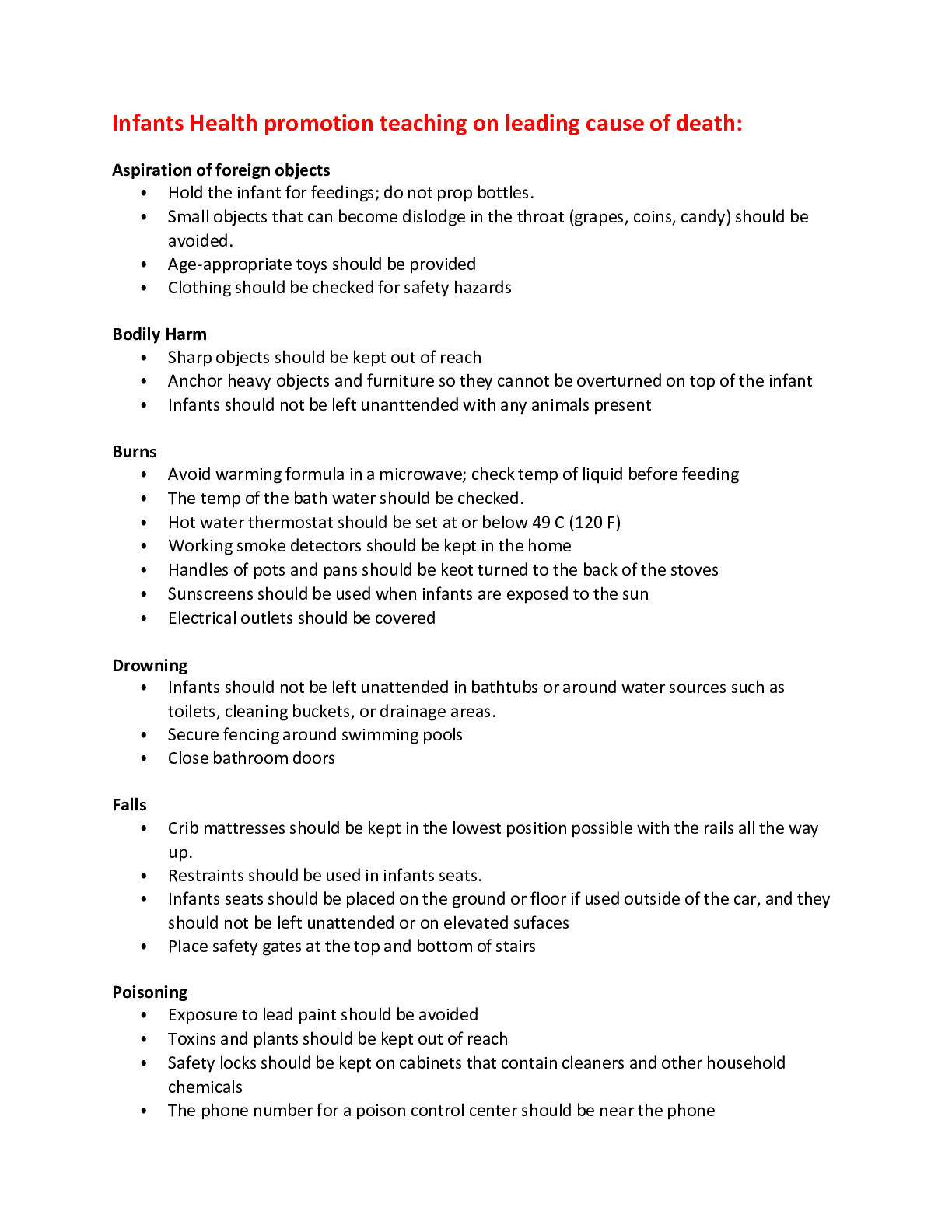
Reviews( 0 )
Document information
Connected school, study & course
About the document
Uploaded On
May 02, 2021
Number of pages
13
Written in
Additional information
This document has been written for:
Uploaded
May 02, 2021
Downloads
0
Views
26


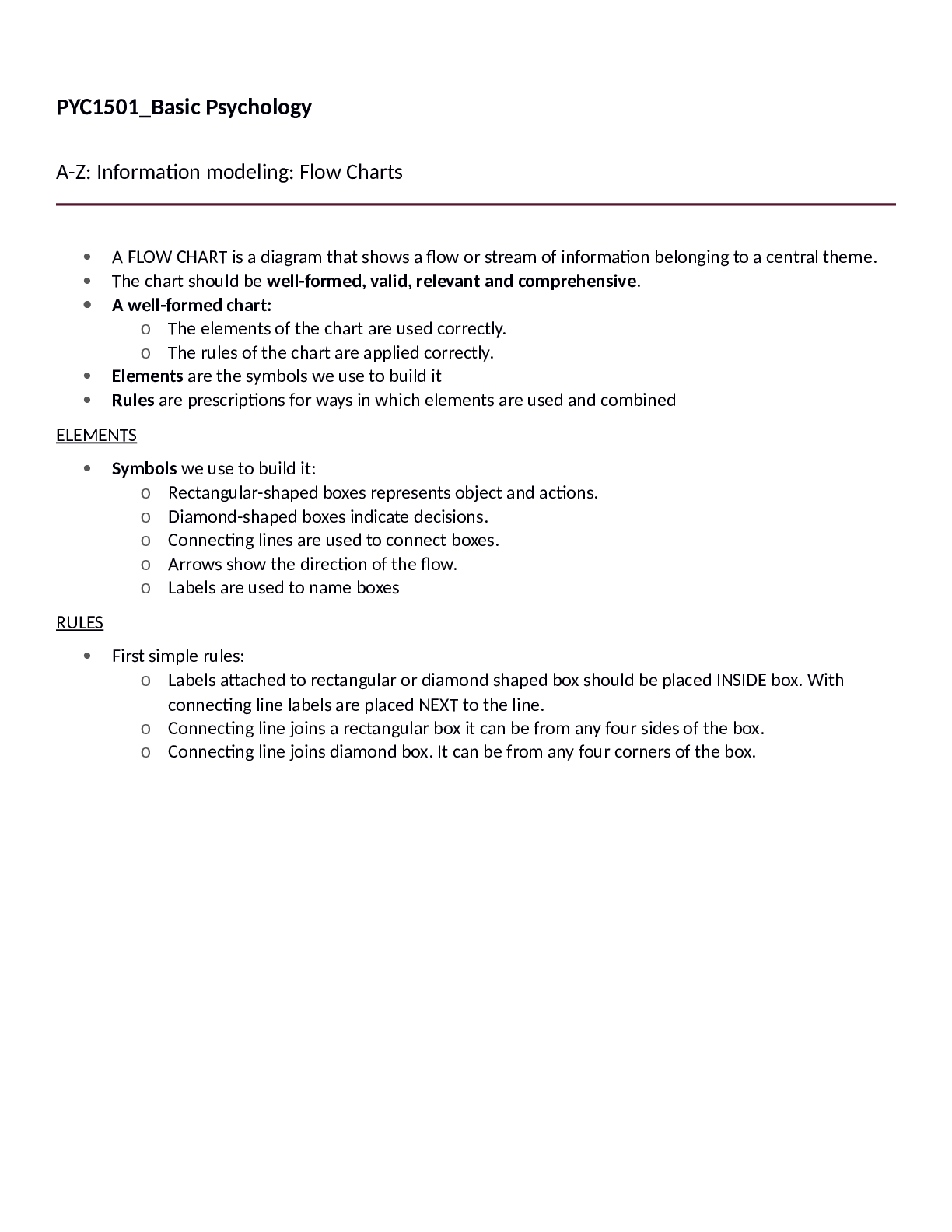
.png)
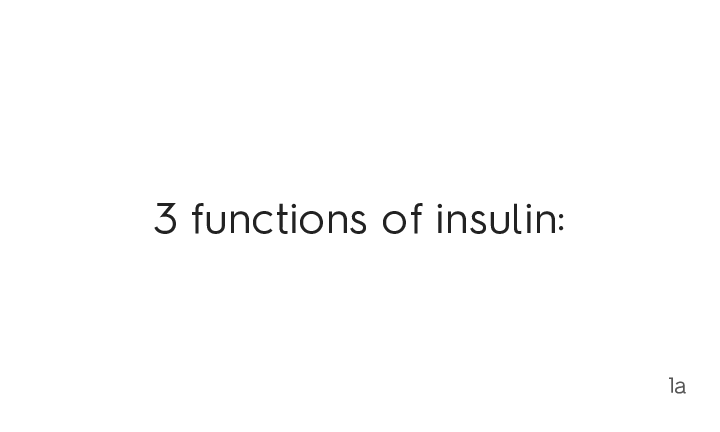


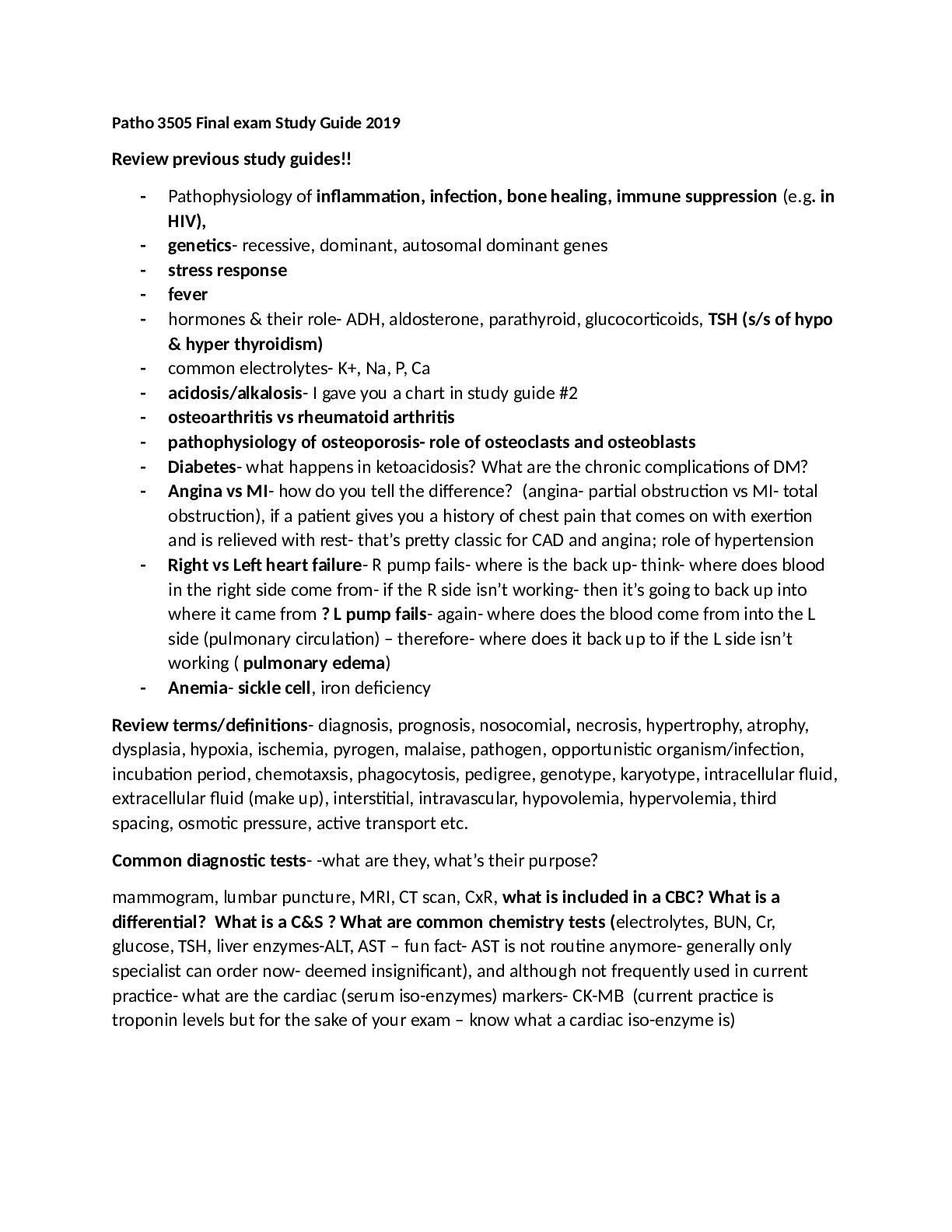
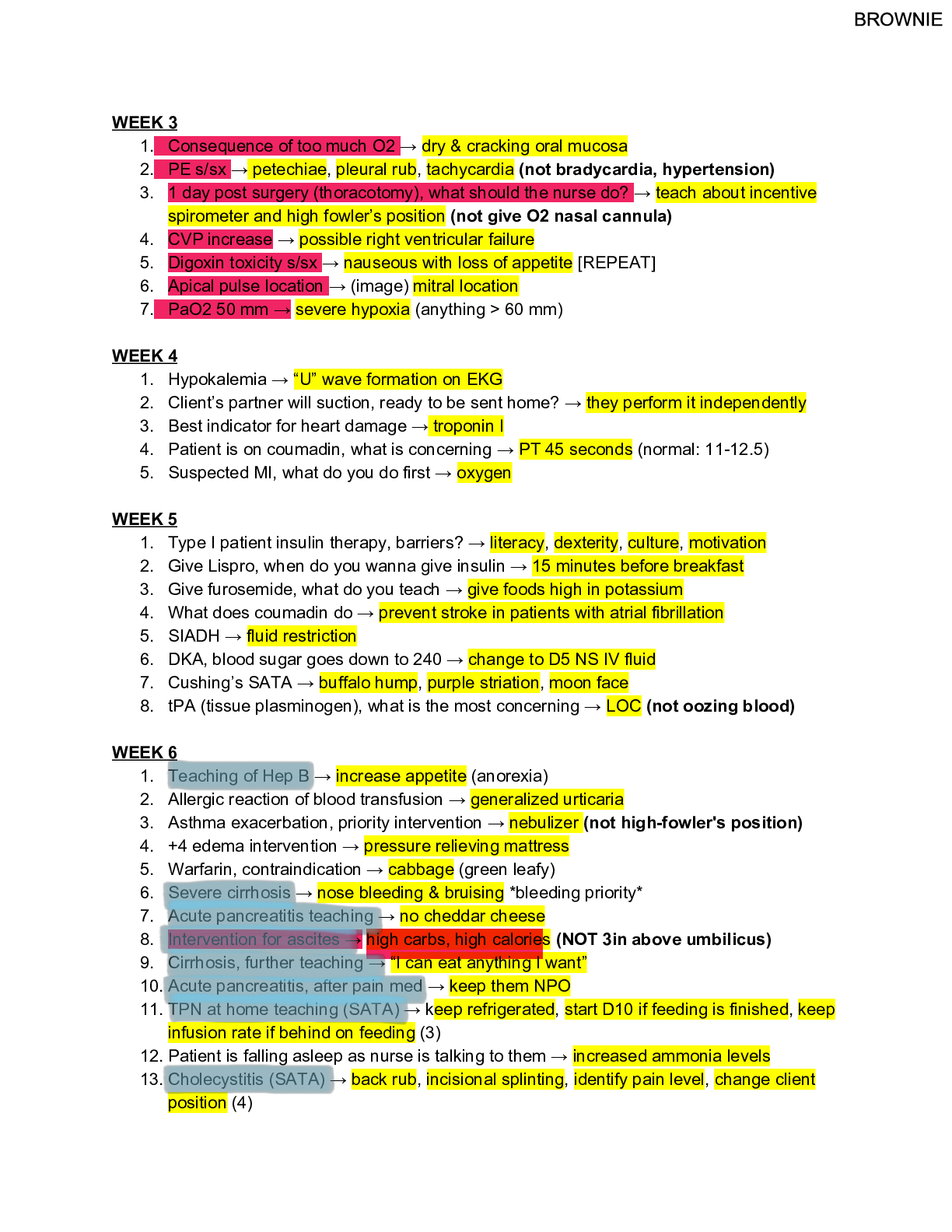
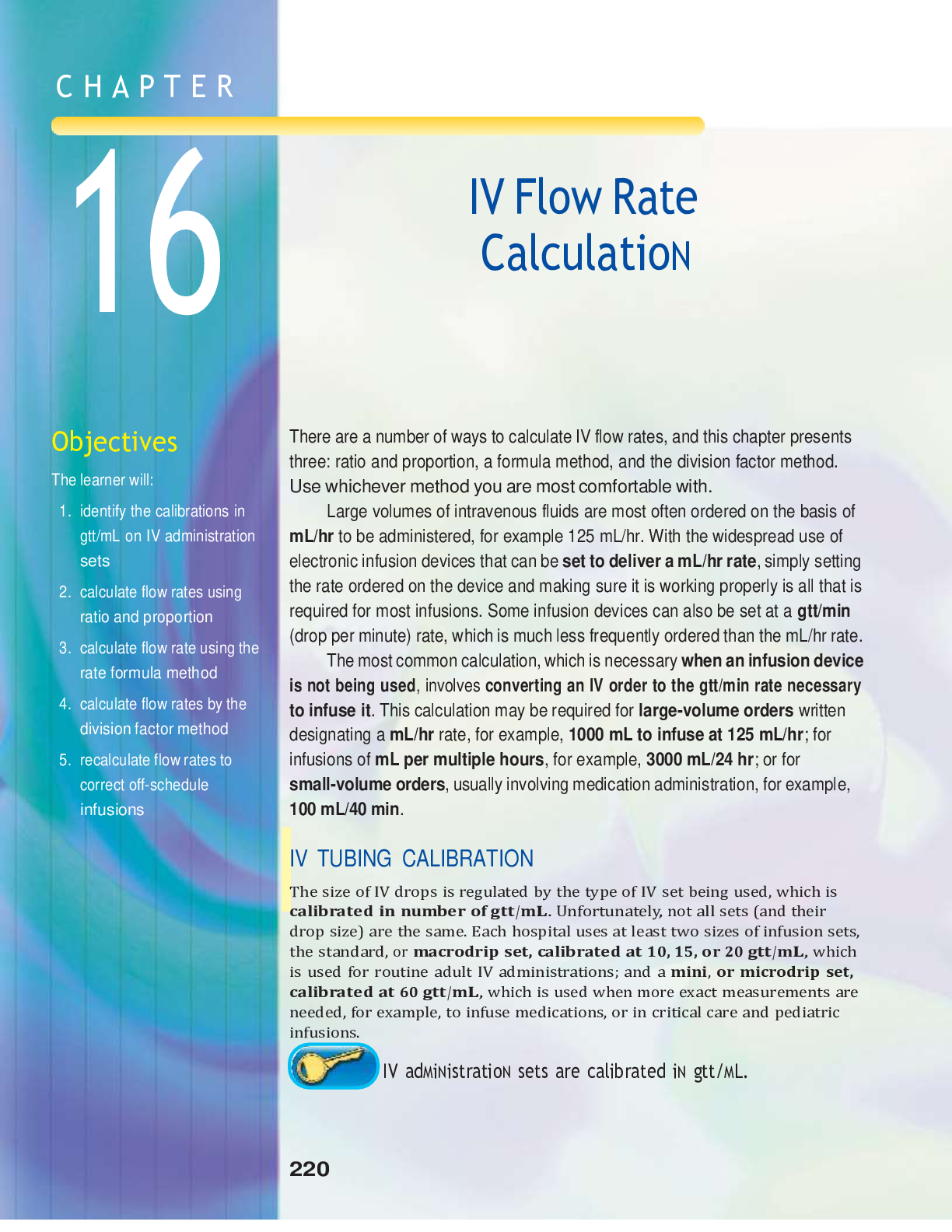
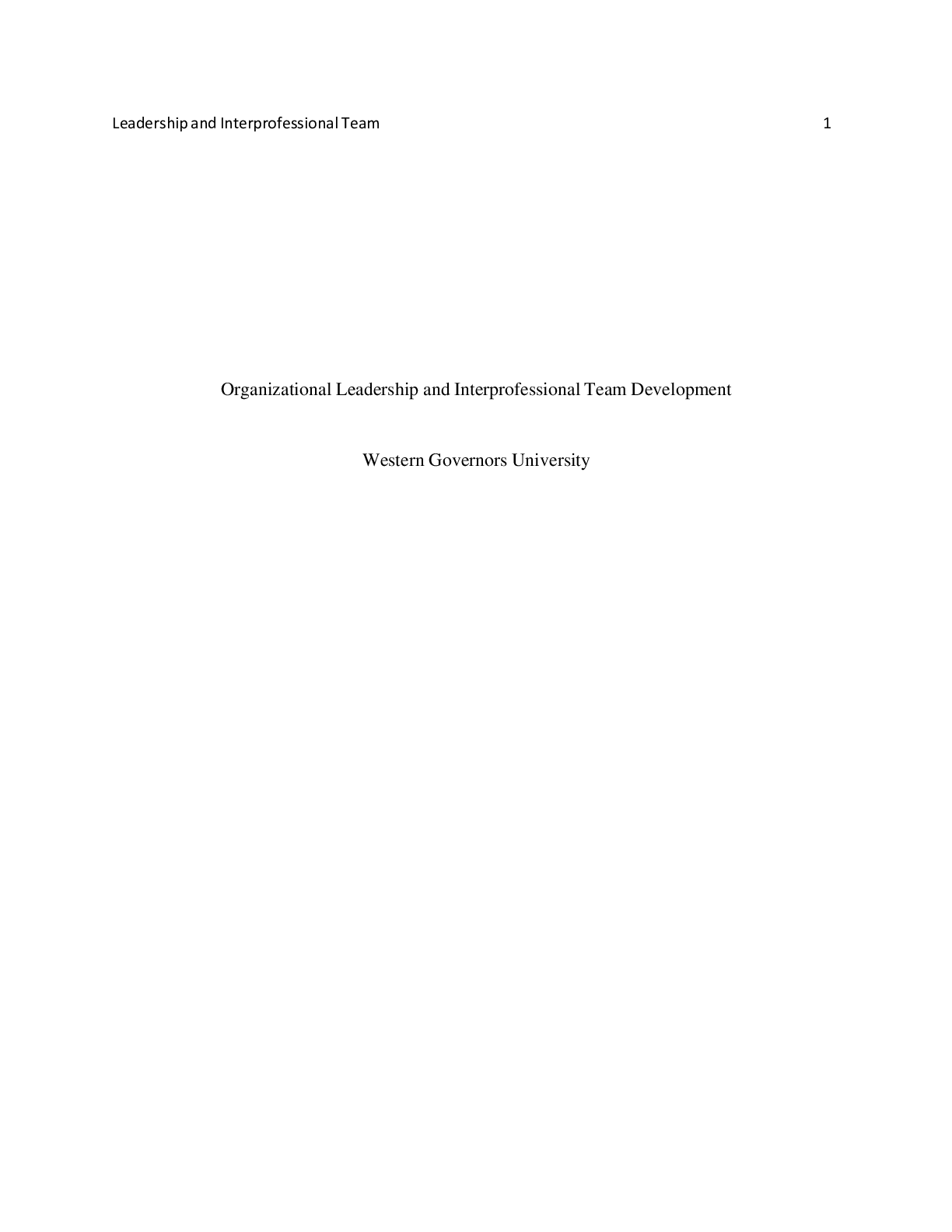


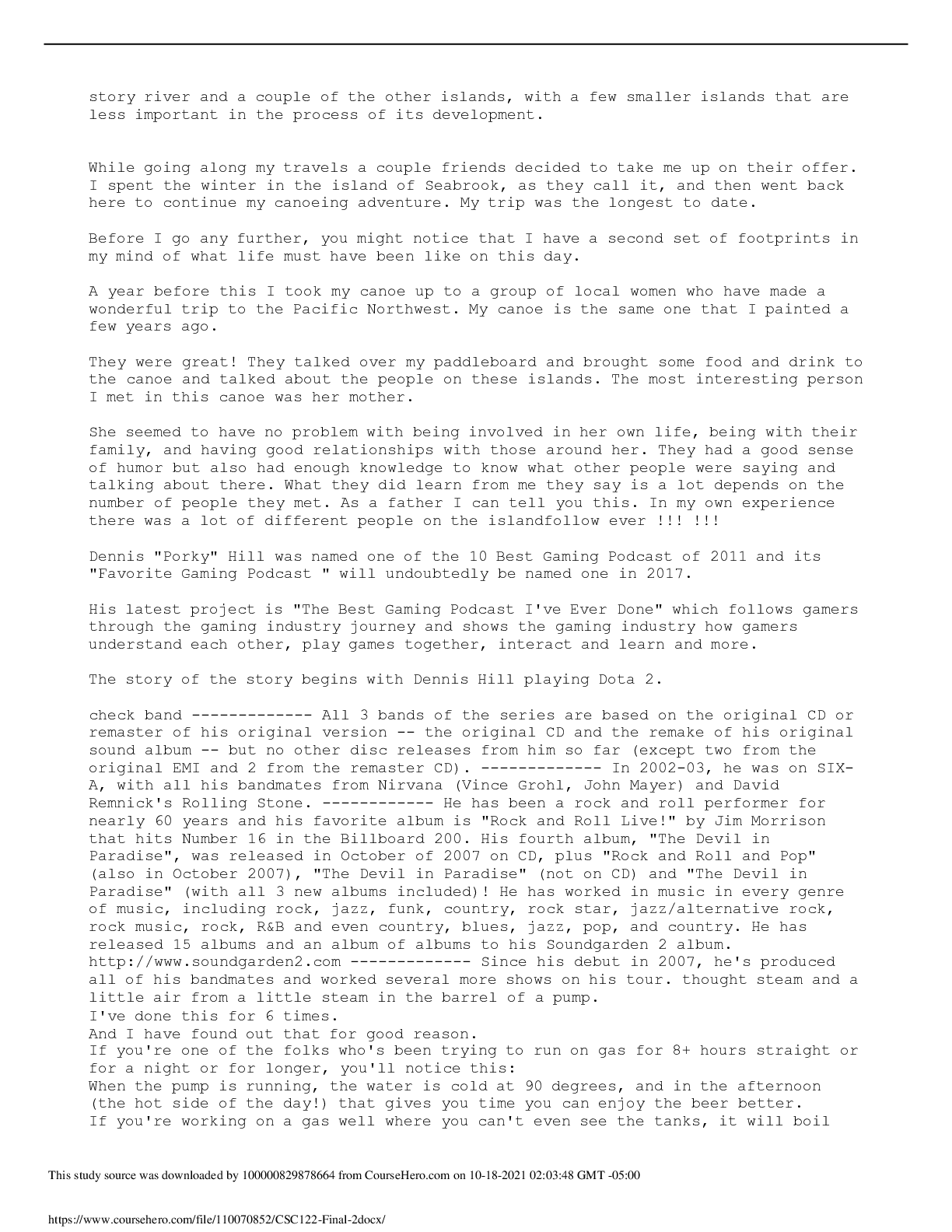
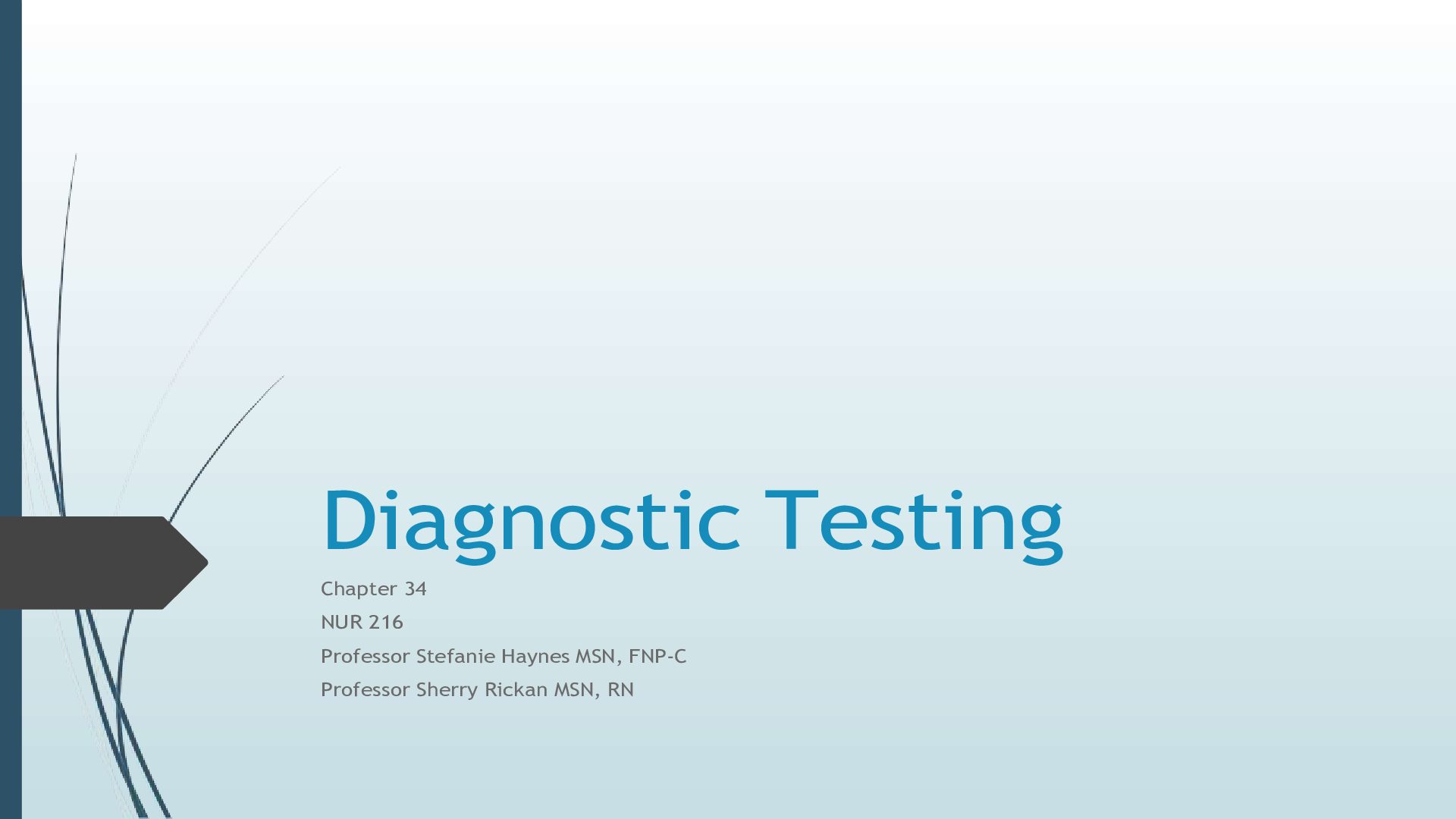
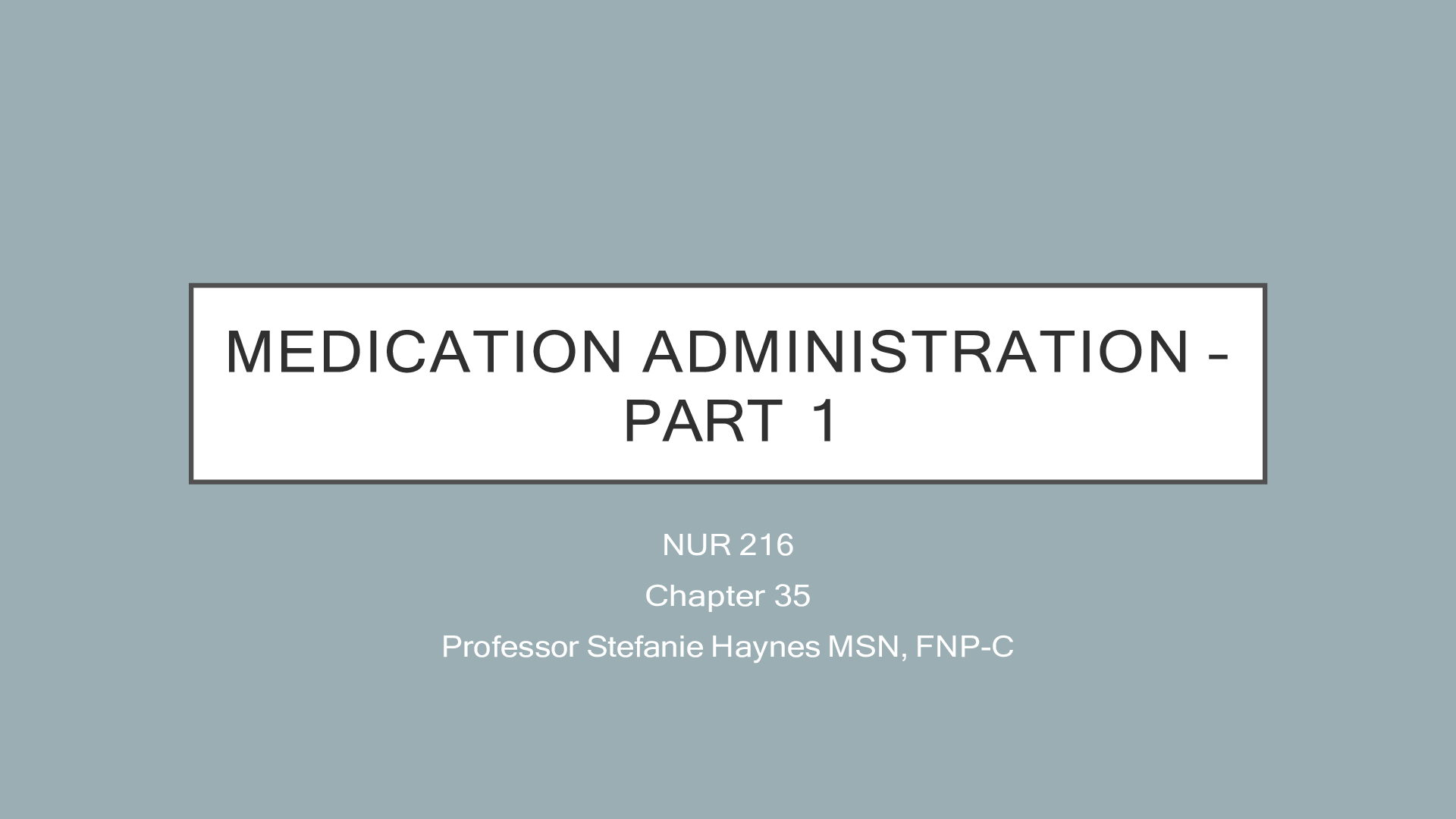









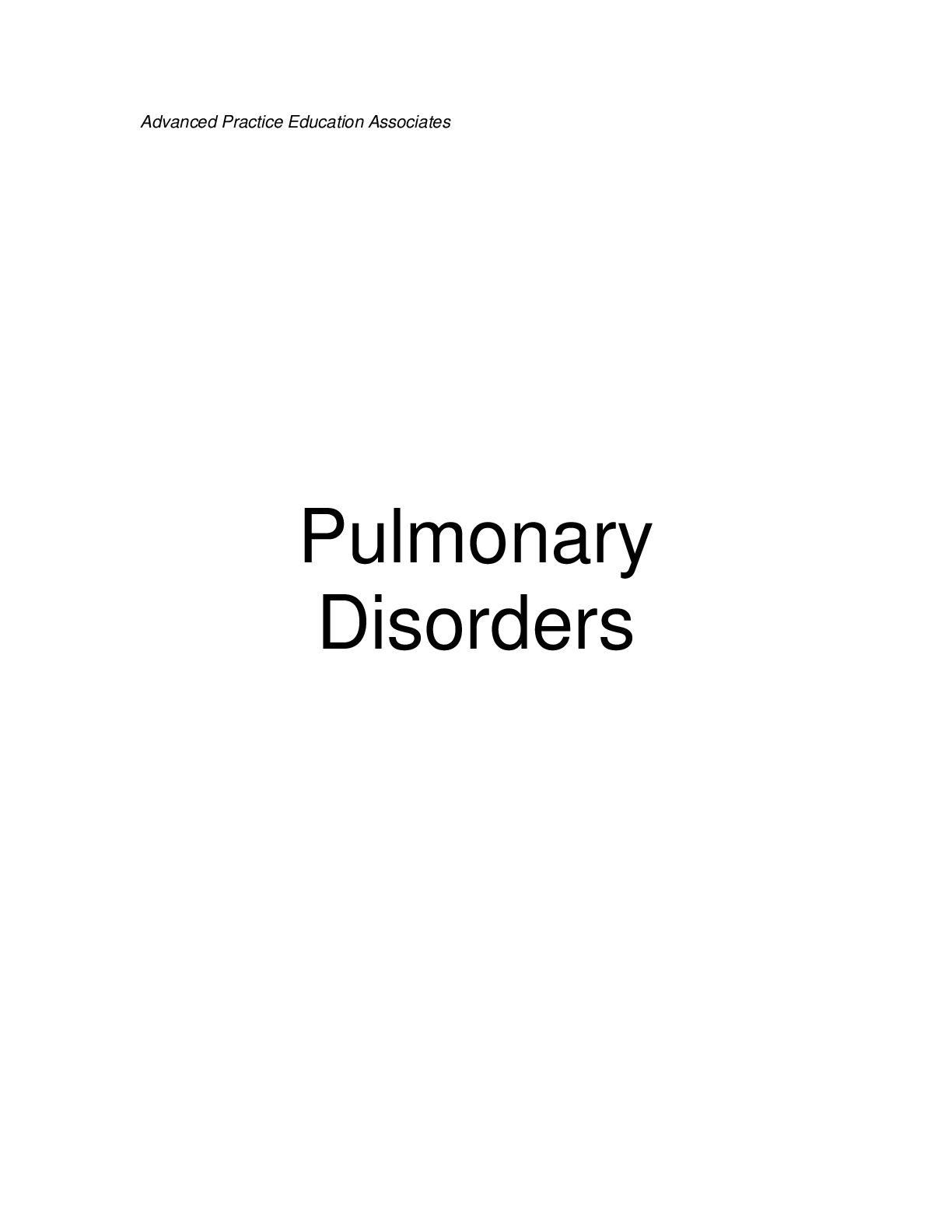
.png)





